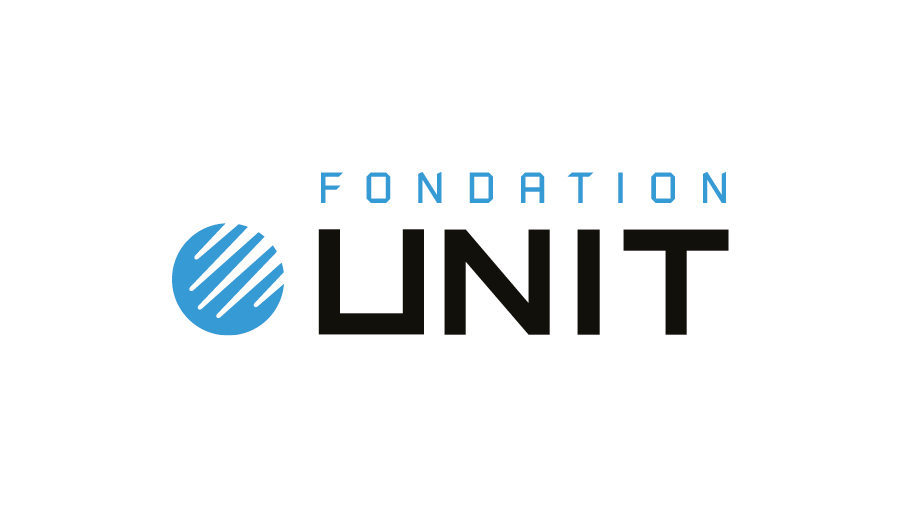
Sommaire
Health informatics : where we are now, and where we may be going (série : Colloquium Jacques Morgenstern)
Date de création :
12.11.2002Auteur(s) :
Michael BradyPrésentation
Informations pratiques
Document libre, dans le cadre de la licence Creative Commons (http://creativecommons.org/licenses/by-nd/2.0/fr/), citation de l'auteur obligatoire et interdiction de désassembler (paternité, pas de modification)
Description de la ressource
Résumé
Twenty years ago, Informatics was seen as a component part of the problem in delivering effective healthcare at affordable cost, not least because of a number of hugely costly and embarrassing software system failures. Nowadays, Informatics is seen as part of the solution. We begin the presentation by discussing the challenges and opportunities for Healthcare Informatics, then illustrate some of the many ways in which Informatics is impacting healthcare delivery. These include (intelligent) signal and image analysis; planning, monitoring and assisting minimally-invasive procedures; and AI systems that support patient management (for example, advice on chemotherapy or pain relief). We then speculate on some of the trends that we expect to see develop over the next twenty years (ever mindful of the observation by that philosopher of our age : "prediction is never easy, especially when it concerns the future"). These are certain (!) to involve many of the following technologies: image analysis, modelling (eg geometry, biomechanics), robotics, large-scale software development, and the Grid. Finally, we pose the question of which organisational structure to maximise potential contributions to developing Healthcare Informatics. |||
- Granularité : leçon
- Structure : atomique
"Domaine(s)" et indice(s) Dewey
- (616.075 4)
- (006.37)
- (621.387 17)
- (610.72)
Domaine(s)
- Médecine du sport
- Médecine du travail
- Médecine interne
- Médecine Militaire
- Médecine nucléaire
- Santé et médical
- Imagerie médicale
- Pathologies
- Informatique
- Vision, perception
- informatique ubiquitaire/informatique ambiante
- Communications analogiques
- Outils, méthodes, techniques et applications
- Epidémiologie
- Santé
Informations pédagogiques
- Proposition d'utilisation : Cycle de conférences mensuelles, les Colloquium Jacques Morgenstern peuvent être choisis par les étudiants de l'Ecole Doctorale STIC dans le cadre des heures de formation complémentaire. Les orateurs interviennent en français ou en anglais.
- Activité induite : s'informer, apprendre
Intervenants, édition et diffusion
Intervenants
Édition
- Institut National de Recherche en Informatique et en Automatique
- Université de Nice
- Ecole Polytechnique Universitaire
- Laboratoire I3S
Diffusion
Document(s) annexe(s)
- Cette ressource fait partie de
Fiche technique
- LOMv1.0
- LOMFRv1.0
- SupLOMFRv1.0
- Voir la fiche XML





